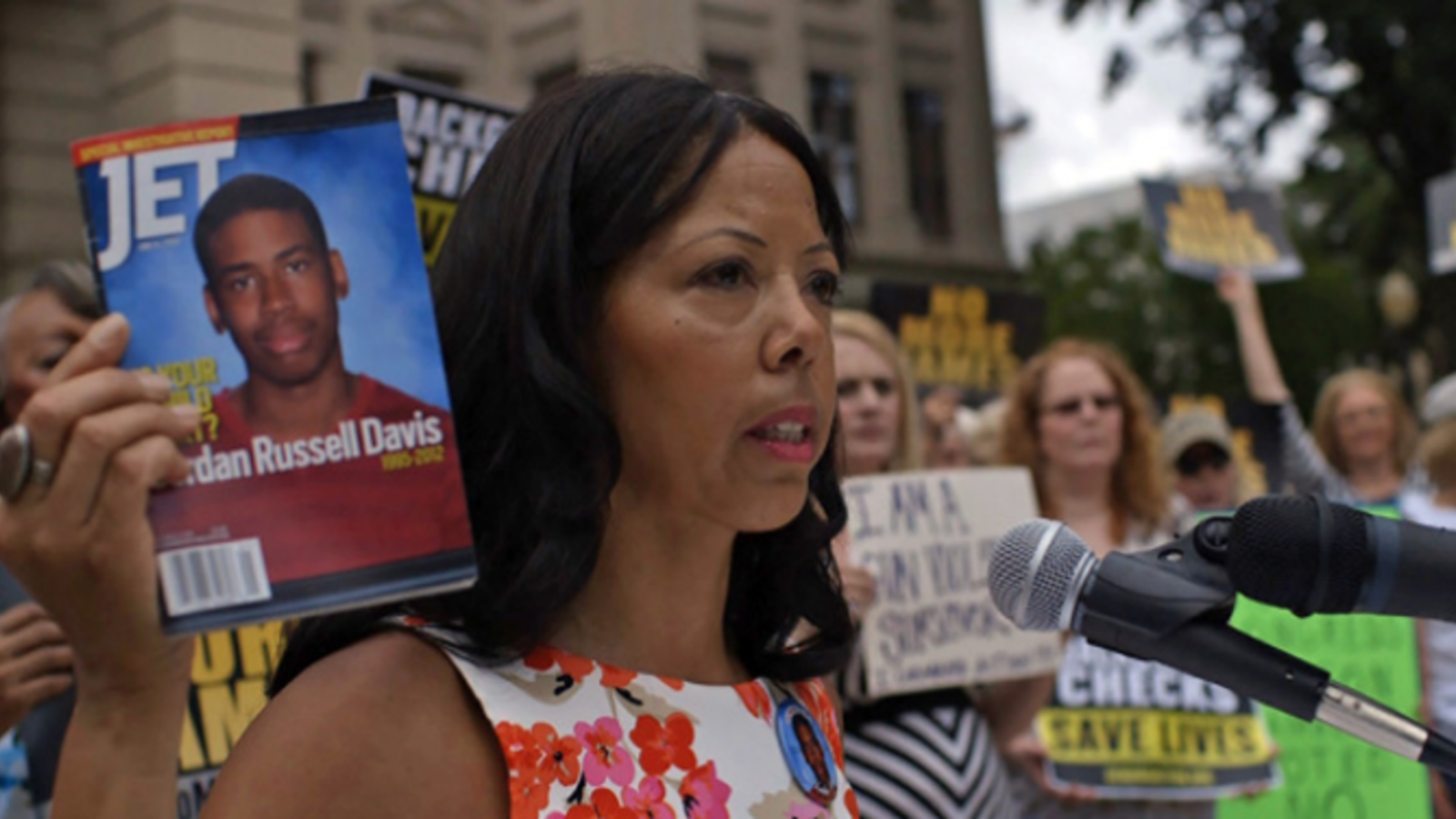Black Noise, White Ears: Resilience, Rap, and the Killing of Jordan Davis
Current Musicology 102 (2018), 115–89
eXCERPT
In this article, I bear witness to how white misimaginations of black skin, black ears, and black voices in the United States have subtly yet severely abetted racist ideologies that dehumanize, discredit, or outright destroy black life. In the article’s first half, I tug at knotty cultural stereotypes of black resilience and sonic excess. Why are certain expressions of black empowerment deemed respectable, whereas other expressive modes face denunciation and censorship? And how can black-coded musical genres—say, rap, a lynchpin in culture wars—construct and deconstruct myths about the formidability of black bodies? I arrange these primers on resilience, respectability, and rap to triangulate a case study in the article’s latter half, the 2014 criminal trial People of the State of Florida v. Michael David Dunn. Nicknamed the “Loud Music Trial,” this case involved a white civilian named Michael Dunn who, one evening at a Florida gas station, noticed rap music coming from a parked SUV. Dunn approached the SUV and asked the black youths inside the vehicle to turn their music down. When they refused, Dunn launched into a heated argument with one of the boys, a high school student named Jordan Russell Davis. The confrontation ended with Dunn pulling out a handgun, unloading ten rounds, and shooting Davis through the heart.
As a high-profile case, People v. Dunn received abundant news coverage in 2014 and served as the subject of a 2015 documentary called 3½ Minutes, 10 Bullets. I have drawn insights from these sources as well as from my own multiple viewings of the complete trial footage. But I’m supplementing this research with materials that eluded mainstream press: Dunn’s jailhouse letters and phone calls (largely omitted from the trial’s formal proceedings); stenographers’ transcriptions of courtroom sidebars (inaudible to gallery members and not picked up by the AV team’s microphones); and discovery documents, evidence technicians’ reports, and 9-1-1 records (now publicly available). I end with brief recollections of my conversations with Jordan’s parents, Ron Davis and Lucy McBath.


